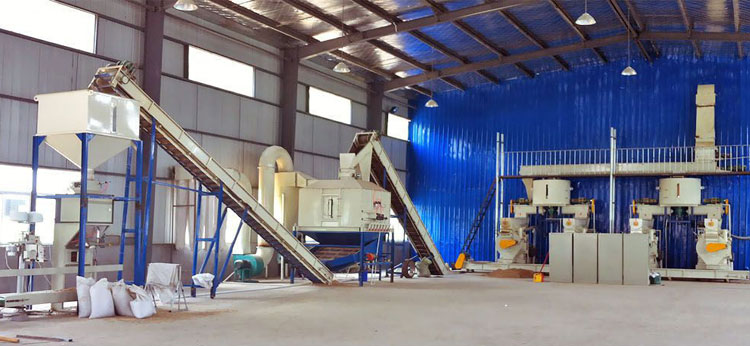28 Oct A Gemco Complete Wood Pellet Plant in Australia — A Guidance of Australian Biomass Pellet Market
Posted at 13:06h
in CASE STUDY
Australia is famous for its rich animal and plant resources and natural landscapes. To protect the environment is a serious problem for Australian people. Moreover, Australia is a country has a vast territory with a sparse population, so, during the heating season, to build a central heating system is a complex problem especially in the rural areas. Therefore, everyone needs to build their own heating systems for their house. But, what types of fuels should they use, the high pollution coal, expensive natural gas, or a new type of renewable fuel, wood pellets?




